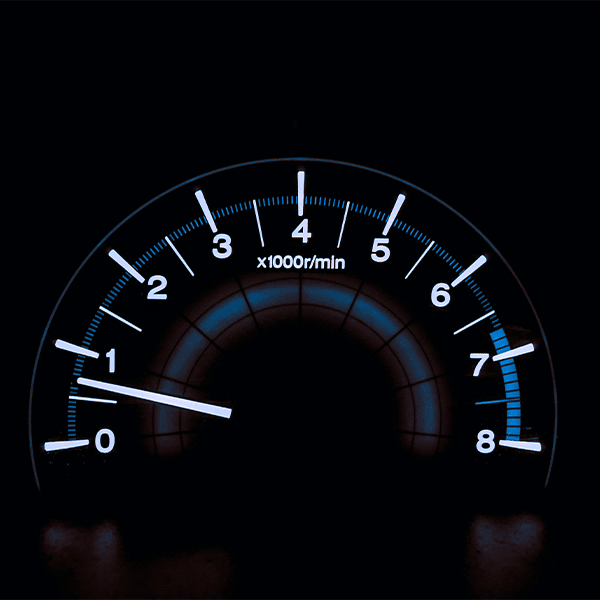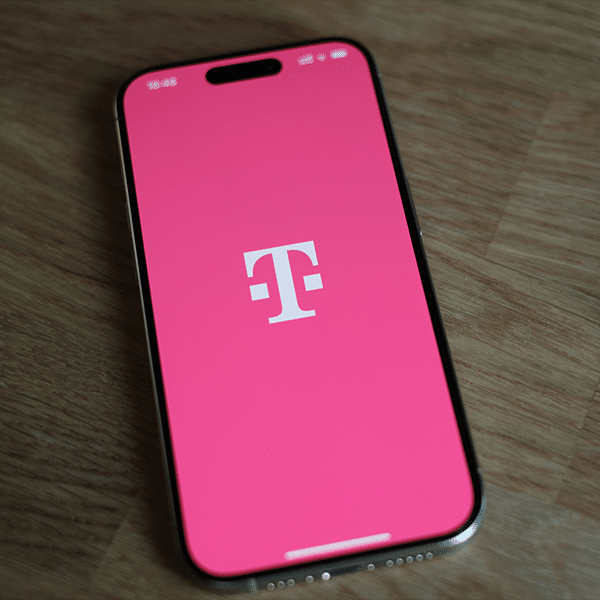More than 4-in-10 (41%) U.S. broadband households now use a standalone service, according to a new report from Parks Associates. Standalone is defined as broadband without bundled pay-TV service. That figure is up from 33% in the first quarter of 2020.
In the most recent report, Parks Associates said that the popularity of pay TV bundles had declined, even though the price of standalone broadband had increased. The average monthly cost is now $64, compared to $39 a year ago. In an earlier report, the research firm predicted that nearly one quarter of U.S. households would upgrade their broadband service.
The research firm postulated that consumers are placing a greater emphasis on high-quality broadband and mobile services, which results in building value in bundling these services, but consumers don’t want to forego quality in order to bundle.
Bundling mobile and broadband is on the rise as well. Nearly one fifth (19%) of U.S. broadband households bundle mobile and home internet services, paying an average of monthly fee of $128. Cable companies with mobile services have highlighted success they are having in bundling mobile and broadband.
Parks Associates said there is also increasing opportunity to bundle residential security services as they become more popular.
“Falling pay-TV subscriptions among consumers are negatively impacting bundles with other services—bundles with four or five services, in particular, are losing their value,” said Kristen Hanich, senior analyst, Parks Associates, in a prepared statement. “However, a growing crossover between mobile and home broadband services is helping to stem the gap. The fastest growing segment of these bundles is a standard double-play combining home internet and mobile service.”
Hanich added: “Consumers require strong uplink, good downlink, and high reliability for remote working, so providers cannot limit promotions to download speeds only—strong two-way speeds are critical, and with a hybrid workforce increasingly likely, this trend will only intensify.”




